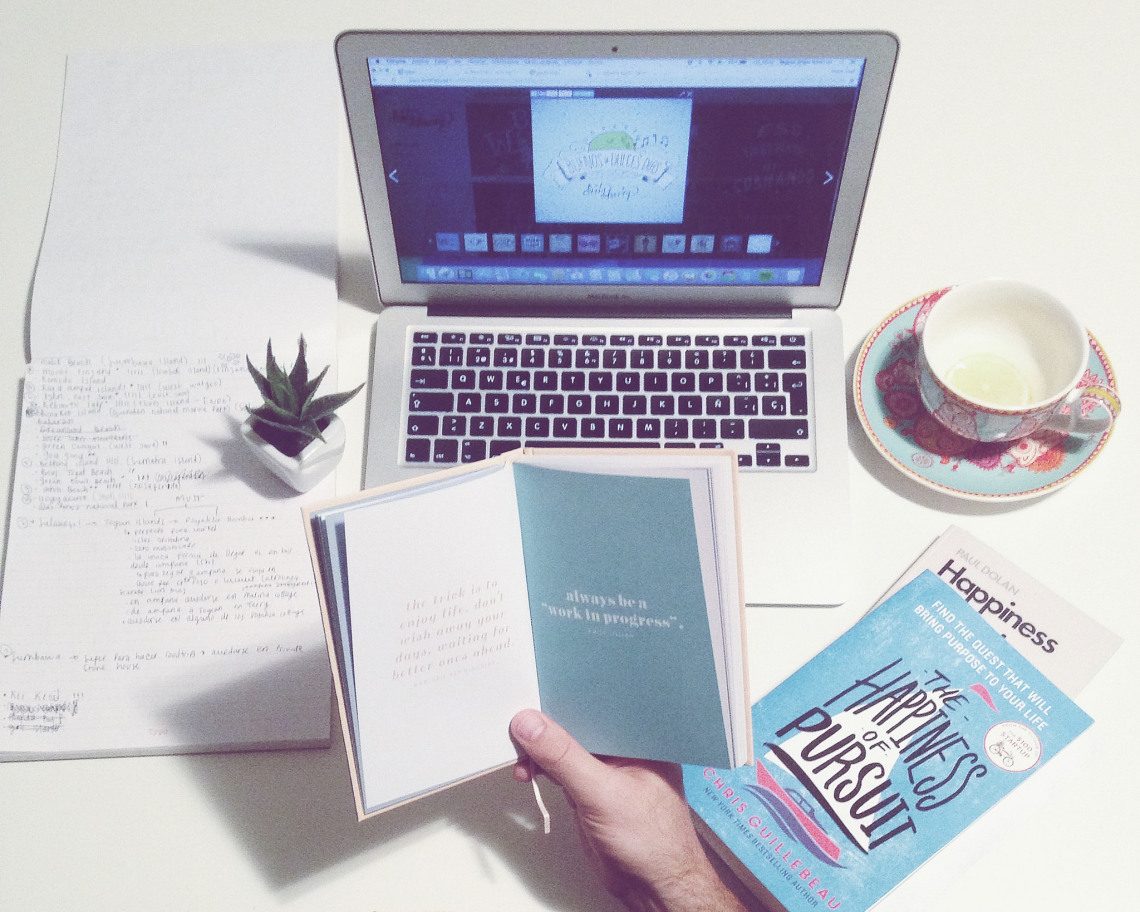Photo editing trends move fast on Instagram. Do you remember when the feed was full of heavily-filtered, square-cropped photos?
That was only a couple of years ago, but in 2020 that style looks so dated that you might as well be posting a daguerreotype.
What seemed like an interesting and original photo composition can quickly become a tired cliche.
Your average Instagram user spends almost half an hour each day on the app, which means photos that looked fresh a year ago have already lost some of their sparkles. To catch and hold customers’ attention, you want to keep up with the latest Instagram photo editing trends.
Below, we’ve rounded up the top X styles for 2020!
10 top Instagram photo editing trends
“No edit” editing
Instagram used to be the spot for flawless, curated images: pristine brunch plates, airbrushed beach photos, and glossy interiors. But that aesthetic is over.
In 2020, users prefer photos that look real. Images with a little texture are more interesting than flawlessly edited landscapes or portraits.
You don’t need to abandon all editing to make this trend work for your brand. You can clean up your photos by removing blemishes or dirt with an app like TouchRetouch.
Adjusting brightness or contrast will also subtly improve your images. Learn more secrets to editing your photos while retaining their natural look.
The throwback selfie
Not to be a downer, but the early months of 2020 have been characterized by isolation. Almost everyone is at home, many without an Instagram husband to shoot their looks.
That makes it tough to seek out an attention-grabbing backdrop and stage the perfect photoshoot.
As a result, the humble mirror selfie is on the rise again. These images feel a little more intimate and natural than staged photos, and as a bonus, you can shoot them without a tripod.
Even retail brands are turning to self-portraits for a fresh angle. The spring campaigns by fashion brand Aritzia feature models at home taking selfies on their phones, resulting in some charmingly lo-fi looks.
https://www.instagram.com/p/B_vDKNajAKK/?utm_source=ig_embed
To maintain the throwback appeal of this format, consider enhancing the graininess in a tool like Adobe Lightroom to add the kind of texture that’s characteristic of the film. Or use Afterlight to add subtle dust and light leak effects to photos.
The maximalist food photo
For a long time, food images on Instagram were tidy and refined: a square of avocado toast on a pastel plate, an artful cappuccino, a perfect Momofuku cake.
Now, that aesthetic feels a bit stale, like a day-old doughnut. Instead, viewers are craving food that looks vibrant and messy.
Instead of being perfectly plated, these food shots are dynamic or close-up, and — excuse the pun — look good enough to eat.
To achieve this look, you want to edit your photos for high contrast and saturation, to achieve a crisp, vivid look.
The photo editing tool VSCO is great for food photos, with a ton of filters that enhance your images. Use a filter like G3 to add vibrance, or A3 for clean, bright tones.
The imperfect beauty portrait
Running parallel to the “no edit” trend is the widespread embrace of imperfect beauty portraits.
This trend celebrates diversity and authenticity, showing real faces and bodies in all their glory. Instead of removing wrinkles, blemishes, and other “flaws”, those details are emphasized.
This trend is great for brands that want to build their reputation for honesty and trustworthiness. Gillette Venus has done an awesome job of sharing unretouched images of women that include stretch marks or body hair with their #MyHairMyWay campaign.
https://www.instagram.com/p/B50RWYmAkZ3/?utm_source=ig_embed
https://www.instagram.com/p/B9EwSzVJpAt/?utm_source=ig_embed
Other skincare, beauty, and self-care brands are also leaning into this trend, perhaps realizing that models with perfect skin probably do not resonate with customers looking for acne treatments or eye creams.
https://www.instagram.com/p/B_X4x08jnCa/?utm_source=ig_embed
These photos look like unedited, but they’re usually still refined for Instagram. Often that means increasing brightness and contrast to reveal more of that imperfect texture that makes them so interesting.
The “G” series of filters in VSCO is great for subtly enhancing your portraits, gently flattering all skin tones while keeping things natural.
The vertical shot
We’ve come a long way since Instagram launched in 2010, baby. Remember when the platform only allowed square photos?
Even after Instagram loosened restrictions to allow other image formats, it was a long time before vertical photos took off. Now, they’re finally having a turn in the spotlight.
Vertical photos give your images more impact, by filling the screen and eliminating distractions. They also give you new opportunities to play with composition and framing to create amazing images. And for professional photographers who hated cropping their images to fit in a square format, they’re a gift.
This long format is particularly well-suited to nature photography, where you want to give a sense of scale and majesty.
https://www.instagram.com/p/B7bTMhDnHoQ/?utm_source=ig_embed
It’s also great for fashion shots, allowing you to share plenty of details without awkwardly cropping your model.
Before posting, make sure that the square version of your image that appears on your grid still looks good! Even in a full-length photo, the center of the image should be compelling.
Vertical photos should have an aspect ratio of 4:5, ideally 1080 x 1350 pixels. Find a complete guide to Instagram image sizes here.

